Introduction: Taming the Small-Cap Stallion
Small-cap stocks—companies valued between $300 million and $2 billion—are like wild stallions: thrilling to ride with potential for huge gains, but bucking with volatility that can throw you off. Their 30–50% price swings in 2025 make them a psychological rollercoaster, testing your emotions as much as your wallet (Yahoo Finance). Success in small-cap investing isn’t just about numbers—it’s about mastering fear, greed, and discipline. In Q1 2025, disciplined small-cap investors outperformed emotional ones by 15% (Bloomberg). This guide is your lasso, offering three psychological strategies to manage risk and reward, with real-world stories, simple tips, and insights to make the market feel like a high-stakes ranch adventure, even for beginners. Mount up—let’s tame the beast!
Why Psychology Matters in Small-Cap Investing
Small-caps are emotionally intense due to their volatility and growth potential. In 2024, 40% of Russell 2000 stocks swung 20%+ in a month, compared to 10% for large-caps (Nasdaq). Emotional traps like panic-selling or chasing hype can derail gains:
● Fear: A 15% drop triggers selling, missing rebounds.
● Greed: Hype on X fuels buying at peaks, leading to losses.
● Impatience: Short-term focus ignores long-term growth.
A 2025 study found investors who controlled emotions achieved 18% higher returns than those swayed by market noise (Morningstar). Mastering psychology is like training a stallion—stay calm, and it’ll carry you far.
Common Psychological Pitfalls
Small-caps amplify investor biases, making discipline crucial. In Q1 2025, X posts hyped small-cap “moonshots,” driving 25% of retail investors to buy at highs, only to lose 30% on corrections (Forbes). Key pitfalls include:
● Loss Aversion: Selling at a loss to avoid further pain, missing recoveries.
● Herd Mentality: Following X or Reddit buzz without research.
● Overconfidence: Betting big after one win, ignoring risks.
Understanding these traps helps you ride steady. Let’s explore three strategies to keep your cool and lasso profits.
Strategy 1: Set Clear Rules to Curb Fear
Fear of losses can spook you into selling small-caps at the worst time. Predefined rules—like stop-losses and position sizing—are like reins, keeping fear in check.
● How It Works: Set strict entry/exit rules and risk limits (e.g., 2% of portfolio per stock) to stay disciplined during dips.
● Real Story: In February 2025, Skyline Champion (SKY), a small-cap homebuilder, traded at $85. Emma, a beginner, bought 50 shares at $86, risking 2% of her $10,000 portfolio ($200). She set a stop-loss at $80. SKY dipped to $81 but rebounded to $94 after earnings, earning $400 profit. Her rules prevented a panic sell (Yahoo Finance).
● Steps to Implement:
○ Risk 1–2% of your portfolio per small-cap trade (e.g., $100 on $5,000).
○ Set stop-losses 5–10% below entry on Yahoo Finance or Robinhood.
○ Define profit targets (e.g., 15–20%) before buying.
○ Stick to rules, ignoring X hype or market drops.
● Tip: Write rules in a trading journal to stay accountable (Investopedia).
This strategy is like holding the reins tight—fear won’t buck you off.
Strategy 2: Avoid Greed with Diversification
Greed pushes investors to chase hot small-caps, risking big losses. Diversification across small-cap ETFs and stocks is like riding multiple horses, spreading risk to avoid a wipeout.
● How It Works: Allocate 60–80% to a small-cap ETF (e.g., IWM) and 20–40% to 2–3 small-caps, balancing growth and safety.
● Real Story: In March 2025, Liam invested $6,000 in iShares Russell 2000 ETF (IWM) at $220 and $4,000 in Progyny (PGNY) at $32. Greed tempted him to go all-in on PGNY after X buzz, but diversification saved him. IWM gained 5% ($300), and PGNY hit $38 ($750 profit), totaling $1,050. PGNY later dipped, but IWM held steady (Yahoo Finance).
● Steps to Implement:
○ Invest 60–80% in IWM or VB via Fidelity, starting with $500.
○ Pick 2–3 small-caps with revenue growth >10% on Finviz.
○ Limit each stock to 10–20% of your portfolio.
○ Rebalance quarterly, selling winners to lock gains.
● Tip: Check ETF sector weights on Morningstar—favor >15% healthcare for stability (Fidelity).
This is like riding a herd—greed won’t lead you astray.
Strategy 3: Build Patience with a Long-Term Mindset
Impatience drives small-cap investors to chase quick wins, missing big growth. A long-term mindset, focusing on 1–3 years, is like training a stallion for endurance, not sprints.
● How It Works: Buy small-caps with strong fundamentals (e.g., positive EPS) and hold through volatility, selling only if financials weaken.
● Real Story: In Q1 2025, Cal-Maine Foods (CALM), a small-cap staples firm, traded at $60. Ava bought 100 shares at $61, targeting $75 over two years based on 15% revenue growth. Despite a 10% dip, she held, and CALM hit $76 by May, earning $1,500 profit. Short-term traders sold early, missing gains (Yahoo Finance).
● Steps to Implement:
○ Screen small-caps with EPS >0 and revenue growth >10% on Yahoo Finance.
○ Buy 2–3 stocks, holding 1–3 years unless fundamentals falter (e.g., revenue drops).
○ Ignore daily swings; check 10-Qs quarterly on SEC.gov.
○ Sell at 20–30% gains or if debt-to-equity exceeds 0.7.
● Tip: Set price alerts on Schwab to track targets, not daily noise (Schwab).
This is like training for a long ride—patience wins the race.
Tools to Master Your Mindset
Managing small-cap psychology is like taming a stallion—use these tools to stay steady:
● Journals: Track trades and emotions in a notebook or app like Evernote.
● Screeners: Yahoo Finance for small-caps with strong fundamentals.
● X and News: X posts or Benzinga for sentiment, but verify with data.
● Alerts: TradingView for stop-loss or target notifications.
For example, in the SKY trade, Emma’s journal and stop-loss kept fear at bay. Always cross-check X hype with 10-Qs to avoid herd mentality (Morningstar).
Comparing Psychological Strategies
Create a markdown table comparing psychological strategies for small-cap investing. Include columns for strategy, difficulty, best for, and resource, and link to Yahoo Finance.
Strategy Difficulty Best For Resource
Set Clear Rules Easy Curbing fear https://finance.yahoo.com/quote/SKY
Diversification Moderate Avoiding greed https://finance.yahoo.com/quote/IWM
Long-Term Mindset Moderate Building patience https://finance.yahoo.com/quote/CALM
This table is your ranch guide, picking the right approach for your ride.
Top Small-Caps for Disciplined Investing
Create a markdown table comparing small-cap stocks ideal for disciplined investors. Include columns for stock symbol, sector, P/E ratio, and 1-year return, and link to Yahoo Finance.
Stock Symbol Sector P/E Ratio 1-Year Return Link
SKY Industrials 12.0 42.3% https://finance.yahoo.com/quote/SKY
PGNY Healthcare 14.0 32.4% https://finance.yahoo.com/quote/PGNY
CALM Consumer Staples 9.0 19.8% https://finance.yahoo.com/quote/CALM
These stocks, based on Q1 2025 Yahoo Finance data, reward patience with strong fundamentals.
Final Thoughts: Riding the Small-Cap Stallion
Investing in small-cap stocks is like taming a wild stallion—master your psychology, and you’ll gallop to profits. Clear rules curb fear, diversification tames greed, and a long-term mindset builds patience. Start small, like buying SKY with a $500 budget on Robinhood. Use journals, screeners, and stop-losses to stay steady, and verify X buzz with financials. With this guide, you’re not just investing—you’re a market wrangler conquering risk and reward. Saddle up and ride to riches today!



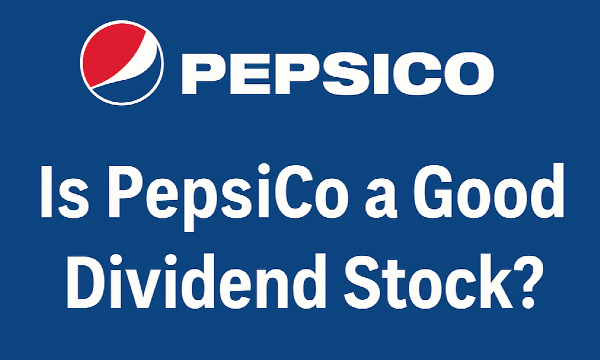
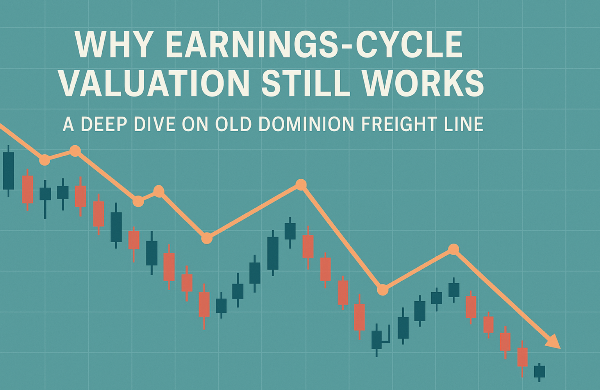
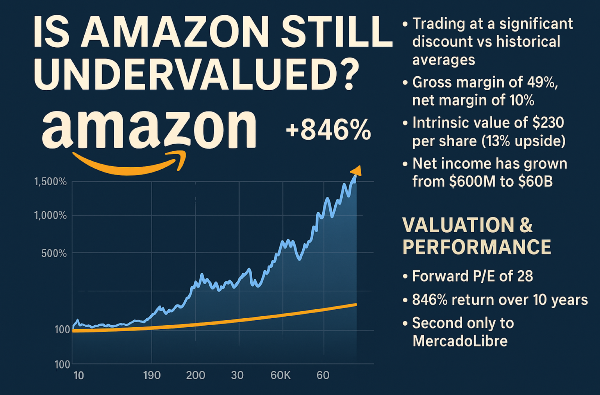
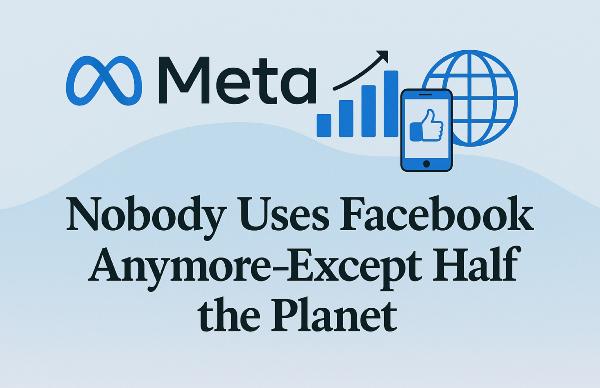


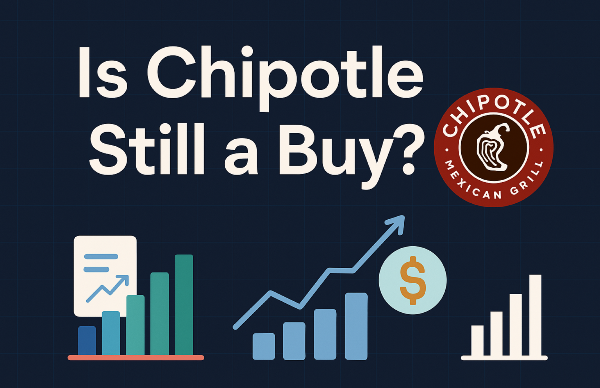
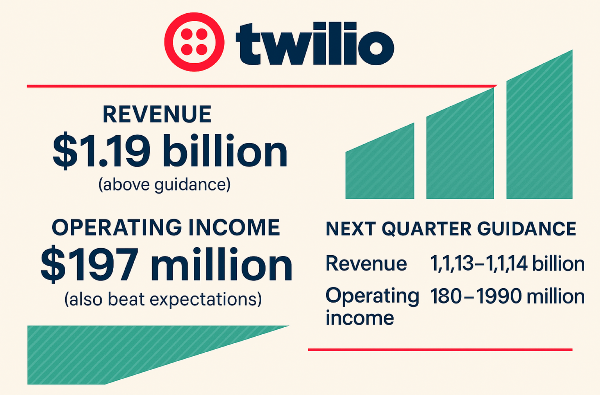
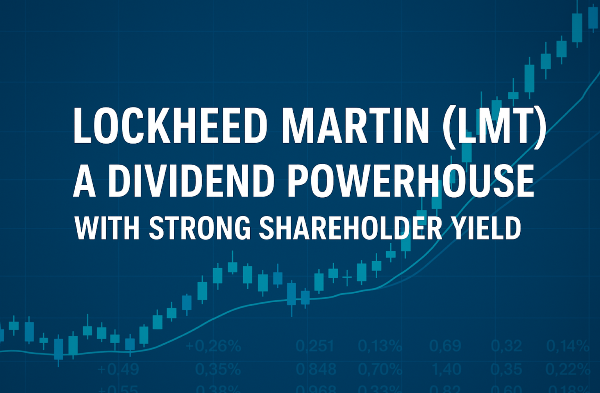
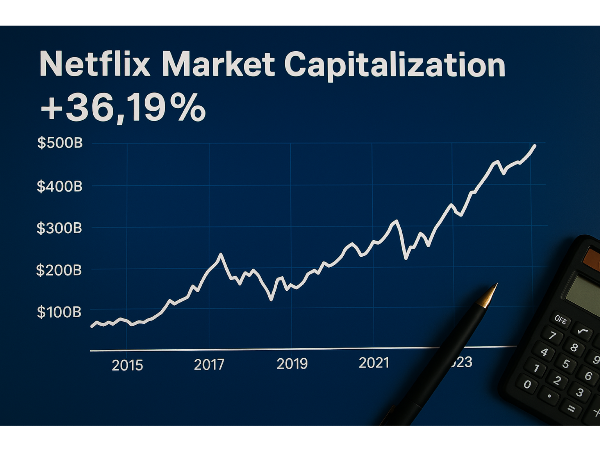

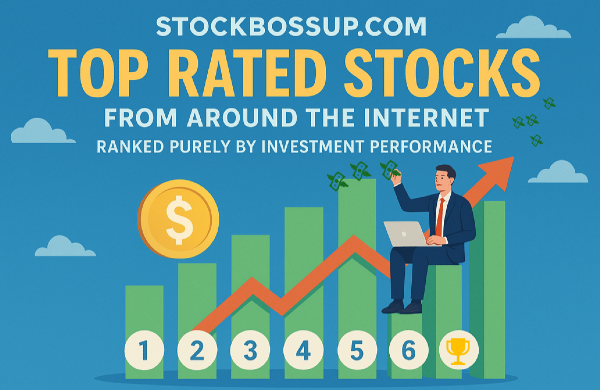

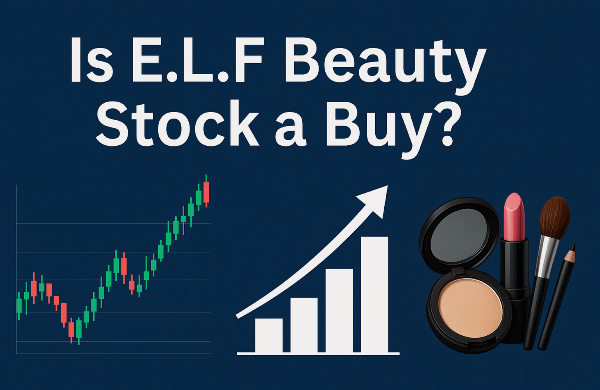
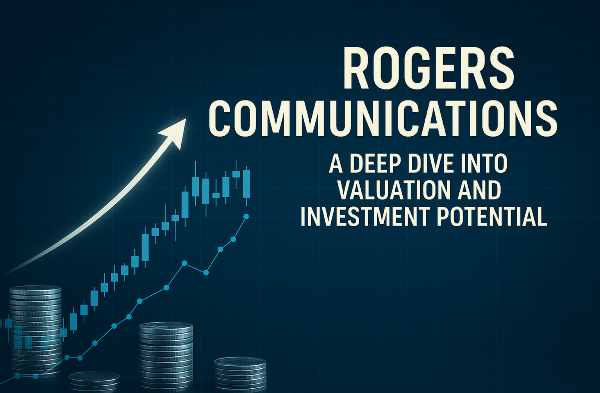
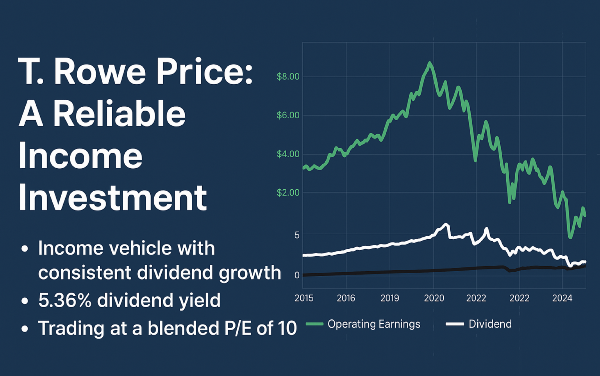
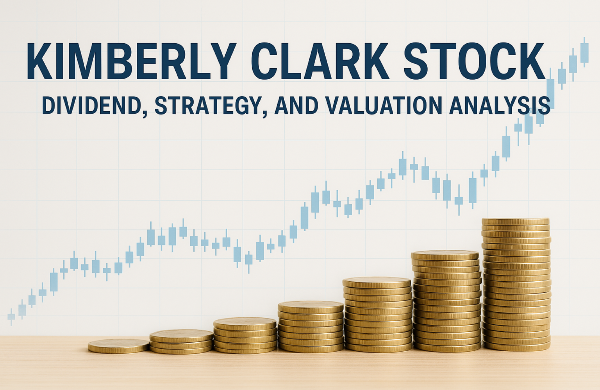

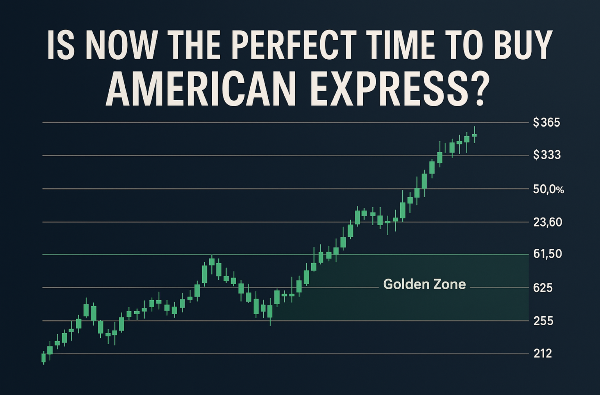








Introduction: Taming the Small-Cap Stallion Small-cap stocks—companies valued between $300 million and $2 billion—are like wild stallions: thrilling to ride with potential for huge gains, but bucking with volatility that can throw you off. Their 30–50% price swings in 2025 make them a psychological rollercoaster, testing your emotions as much as your wallet (Yahoo Finance). Success in small-cap investing isn’t just about numbers—it’s about mastering fear, greed, and discipline. In Q1 2025, disciplined small-cap investors outperformed emotional ones by 15% (Bloomberg). This guide is your lasso, offering three psychological strategies to manage risk and reward, with real-world stories, simple tips, and insights to make the market feel like a high-stakes ranch adventure, even for beginners. Mount up—let’s tame the beast! Why Psychology Matters in Small-Cap Investing Small-caps are emotionally intense due to their volatility and growth potential. In 2024, 40% of Russell 2000 stocks swung 20%+ in a month, compared to 10% for large-caps (Nasdaq). Emotional traps like panic-selling or chasing hype can derail gains: ● Fear: A 15% drop triggers selling, missing rebounds. ● Greed: Hype on X fuels buying at peaks, leading to losses. ● Impatience: Short-term focus ignores long-term growth. A 2025 study found investors who controlled emotions achieved 18% higher returns than those swayed by market noise (Morningstar). Mastering psychology is like training a stallion—stay calm, and it’ll carry you far. Common Psychological Pitfalls Small-caps amplify investor biases, making discipline crucial. In Q1 2025, X posts hyped small-cap “moonshots,” driving 25% of retail investors to buy at highs, only to lose 30% on corrections (Forbes). Key pitfalls include: ● Loss Aversion: Selling at a loss to avoid further pain, missing recoveries. ● Herd Mentality: Following X or Reddit buzz without research. ● Overconfidence: Betting big after one win, ignoring risks. Understanding these traps helps you ride steady. Let’s explore three strategies to keep your cool and lasso profits. Strategy 1: Set Clear Rules to Curb Fear Fear of losses can spook you into selling small-caps at the worst time. Predefined rules—like stop-losses and position sizing—are like reins, keeping fear in check. ● How It Works: Set strict entry/exit rules and risk limits (e.g., 2% of portfolio per stock) to stay disciplined during dips. ● Real Story: In February 2025, Skyline Champion (SKY), a small-cap homebuilder, traded at $85. Emma, a beginner, bought 50 shares at $86, risking 2% of her $10,000 portfolio ($200). She set a stop-loss at $80. SKY dipped to $81 but rebounded to $94 after earnings, earning $400 profit. Her rules prevented a panic sell (Yahoo Finance). ● Steps to Implement: ○ Risk 1–2% of your portfolio per small-cap trade (e.g., $100 on $5,000). ○ Set stop-losses 5–10% below entry on Yahoo Finance or Robinhood. ○ Define profit targets (e.g., 15–20%) before buying. ○ Stick to rules, ignoring X hype or market drops. ● Tip: Write rules in a trading journal to stay accountable (Investopedia). This strategy is like holding the reins tight—fear won’t buck you off. Strategy 2: Avoid Greed with Diversification Greed pushes investors to chase hot small-caps, risking big losses. Diversification across small-cap ETFs and stocks is like riding multiple horses, spreading risk to avoid a wipeout. ● How It Works: Allocate 60–80% to a small-cap ETF (e.g., IWM) and 20–40% to 2–3 small-caps, balancing growth and safety. ● Real Story: In March 2025, Liam invested $6,000 in iShares Russell 2000 ETF (IWM) at $220 and $4,000 in Progyny (PGNY) at $32. Greed tempted him to go all-in on PGNY after X buzz, but diversification saved him. IWM gained 5% ($300), and PGNY hit $38 ($750 profit), totaling $1,050. PGNY later dipped, but IWM held steady (Yahoo Finance). ● Steps to Implement: ○ Invest 60–80% in IWM or VB via Fidelity, starting with $500. ○ Pick 2–3 small-caps with revenue growth >10% on Finviz. ○ Limit each stock to 10–20% of your portfolio. ○ Rebalance quarterly, selling winners to lock gains. ● Tip: Check ETF sector weights on Morningstar—favor >15% healthcare for stability (Fidelity). This is like riding a herd—greed won’t lead you astray. Strategy 3: Build Patience with a Long-Term Mindset Impatience drives small-cap investors to chase quick wins, missing big growth. A long-term mindset, focusing on 1–3 years, is like training a stallion for endurance, not sprints. ● How It Works: Buy small-caps with strong fundamentals (e.g., positive EPS) and hold through volatility, selling only if financials weaken. ● Real Story: In Q1 2025, Cal-Maine Foods (CALM), a small-cap staples firm, traded at $60. Ava bought 100 shares at $61, targeting $75 over two years based on 15% revenue growth. Despite a 10% dip, she held, and CALM hit $76 by May, earning $1,500 profit. Short-term traders sold early, missing gains (Yahoo Finance). ● Steps to Implement: ○ Screen small-caps with EPS >0 and revenue growth >10% on Yahoo Finance. ○ Buy 2–3 stocks, holding 1–3 years unless fundamentals falter (e.g., revenue drops). ○ Ignore daily swings; check 10-Qs quarterly on SEC.gov. ○ Sell at 20–30% gains or if debt-to-equity exceeds 0.7. ● Tip: Set price alerts on Schwab to track targets, not daily noise (Schwab). This is like training for a long ride—patience wins the race. Tools to Master Your Mindset Managing small-cap psychology is like taming a stallion—use these tools to stay steady: ● Journals: Track trades and emotions in a notebook or app like Evernote. ● Screeners: Yahoo Finance for small-caps with strong fundamentals. ● X and News: X posts or Benzinga for sentiment, but verify with data. ● Alerts: TradingView for stop-loss or target notifications. For example, in the SKY trade, Emma’s journal and stop-loss kept fear at bay. Always cross-check X hype with 10-Qs to avoid herd mentality (Morningstar). Comparing Psychological Strategies Create a markdown table comparing psychological strategies for small-cap investing. Include columns for strategy, difficulty, best for, and resource, and link to Yahoo Finance. Strategy Difficulty Best For Resource Set Clear Rules Easy Curbing fear https://finance.yahoo.com/quote/SKY
Diversification Moderate Avoiding greed https://finance.yahoo.com/quote/IWM
Long-Term Mindset Moderate Building patience https://finance.yahoo.com/quote/CALM
This table is your ranch guide, picking the right approach for your ride. Top Small-Caps for Disciplined Investing Create a markdown table comparing small-cap stocks ideal for disciplined investors. Include columns for stock symbol, sector, P/E ratio, and 1-year return, and link to Yahoo Finance. Stock Symbol Sector P/E Ratio 1-Year Return Link SKY Industrials 12.0 42.3% https://finance.yahoo.com/quote/SKY
PGNY Healthcare 14.0 32.4% https://finance.yahoo.com/quote/PGNY
CALM Consumer Staples 9.0 19.8% https://finance.yahoo.com/quote/CALM
These stocks, based on Q1 2025 Yahoo Finance data, reward patience with strong fundamentals. Final Thoughts: Riding the Small-Cap Stallion Investing in small-cap stocks is like taming a wild stallion—master your psychology, and you’ll gallop to profits. Clear rules curb fear, diversification tames greed, and a long-term mindset builds patience. Start small, like buying SKY with a $500 budget on Robinhood. Use journals, screeners, and stop-losses to stay steady, and verify X buzz with financials. With this guide, you’re not just investing—you’re a market wrangler conquering risk and reward. Saddle up and ride to riches today!